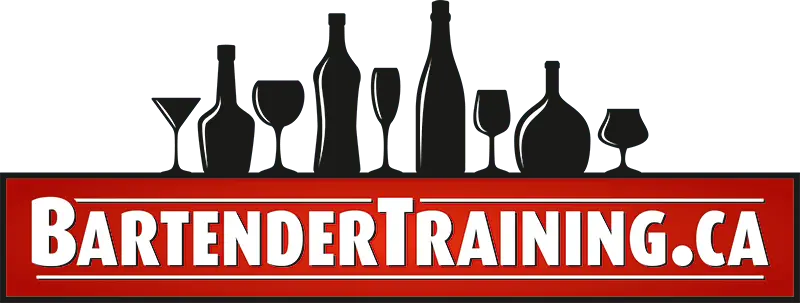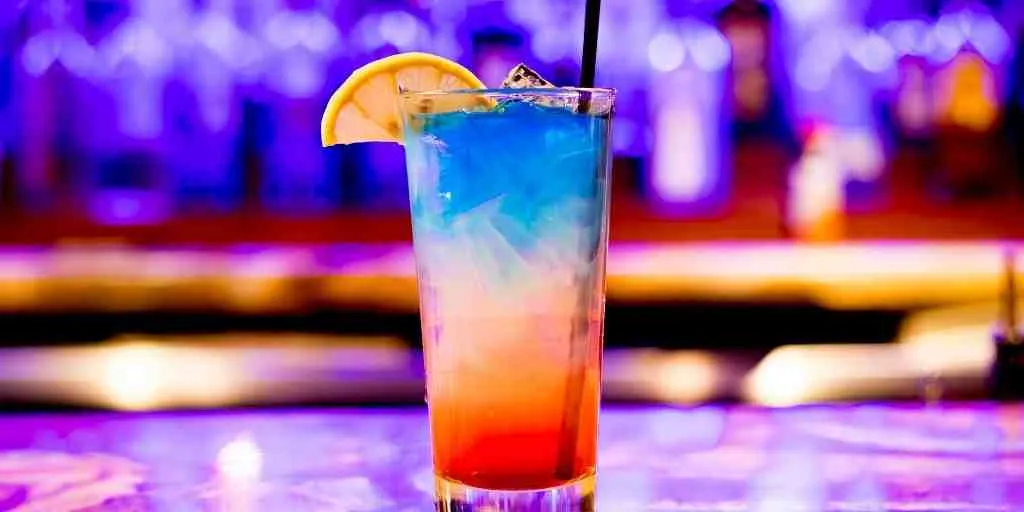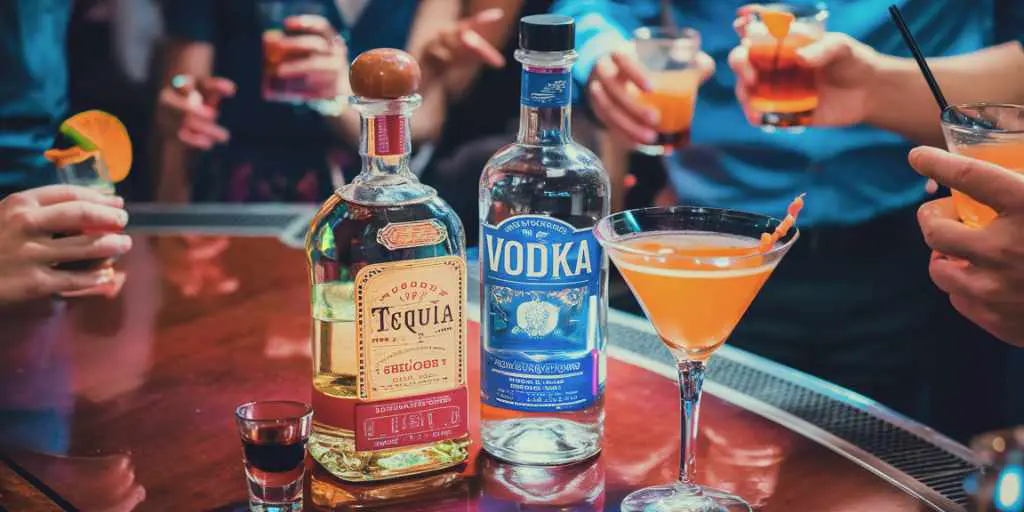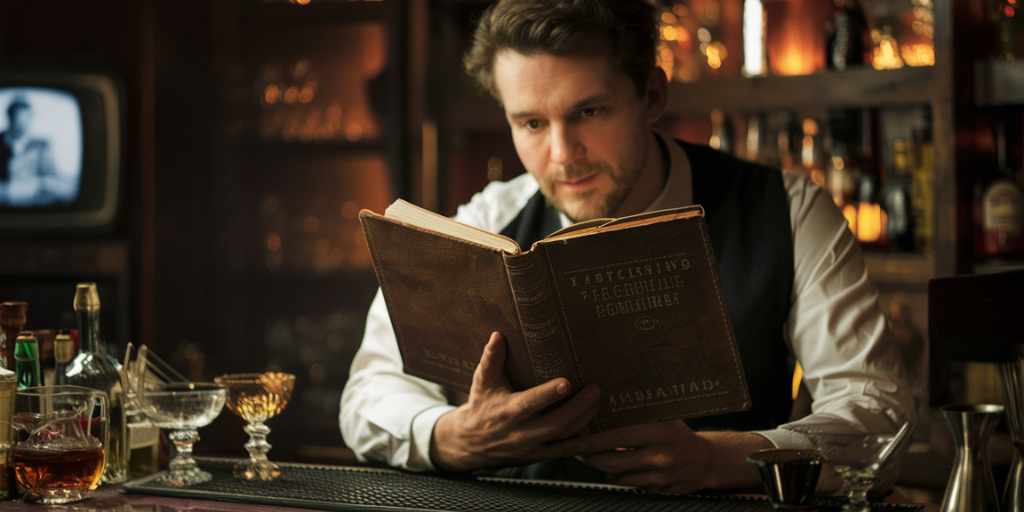If, when friends or family drop by, your drinks repertoire extends to a somewhat limited offer of a bottle of warm beer or a poorly mixed Jack and Coke, perhaps it’s time to increase those home bartending skills. Cities across Canada and the US now play host to countless bartending schools, all of which guarantee – for a fee, of course – to teach you how to wow your guests with mixology techniques, exotic drinks recipes and even flair trickery which will have them harking back to the Tom Cruise movie ‘Cocktail’.
As well as the fun in entertaining your friends, having an extra string to your CV’s bow is no small matter in current times when the economy is still fragile, and jobs can be scarce: people will always want a drink, either to drown their sorrows or revel in any small victory. Owning a bartending certification – especially the knowledge and experience gained during classes – can prove extremely useful when walking into interviews at bars and nightclubs and often put you ahead of the pack.
The Toronto Institute of Bartending is just one such academy of bartending arts, and its staff are experienced industry veterans who have been training fledgling bar keeps since 2001. Classes are typically small – usually around ten people – so students have plenty of practice time behind the bar, with one-on-one, hands-on tutorials designed to get you slinging drinks and pouring cocktails with ease by the end of the course.
And those cocktails? Classic and contemporary mixes are taught to students to ensure they gain confidence and learn a broad range of recipes for cocktails and shooters, including Martinis, sours, highballs and lowballs, while the techniques shown include shaking, stirring, muddling, building, on-the-rocks and layering. A competent bartender will know how to use the specialist equipment found behind a bar, including mixing glasses to measure the correct amount of ice-to-liquid ratio before stirring or shaking with a ‘Boston Shaker’, carefully holding the spout on a spirit bottle to ensure the perfectly controlled free-pour when making shots, or pouring from a height into a glass through a Hawthorne strainer to create a perfectly smooth mix – via a dazzling technique – which will satisfy even the most demanding customer.
Many famed ‘old classic’ cocktails are easy to reel off in conversation but markedly more difficult when it comes to creating them: this is where bartending schools and mixology lessons come to the fore. Students will learn that a classic ‘stirred’ Martini is a blend of gin, dry Vermouth and crushed ice with a pickled green olive to garnish, or for that James Bond twist to substitute vodka for the gin; meanwhile a Manhattan is a straight-up, no ice (although it is strained through ice during prep) mixture of bourbon whiskey, sweet Vermouth and Angostura bitters, topped with a sweet Maraschino cherry. One of Orson Welles’ favourites, the aperitif called Negroni, is a staple learned by all students at Toronto, with its sublime combination of gin, Vermouth Rosso and Campari, finished with a simple twist of orange peel.
Of the ‘Contemporary Classics’ and ‘New Era’ drinks, the Margarita – an intricate blend of tequila, Cointreau (or triple sec) and lime or lemon juice, and usually served shaken with crushed ice and a salted rim on the glass – is taught in most schools, while the Cosmopolitan (or ‘Cosmo’ to its fans) is a deliciously fruity glass of ice-shaken vodka, Cointreau, cranberry and lime which any self-respecting bartender should know how to mix with their eyes closed. Other top drinks include the rum and mint-heavy Mojito, its younger, punchier kid brother the Old Cuban, and ‘Dirty Martinis’, Vodka Espressos and the ‘Kamikaze’. But bartenders are always coming up with new, memorable mixtures – some of which have entered the cultural lexicon and become classics themselves.






